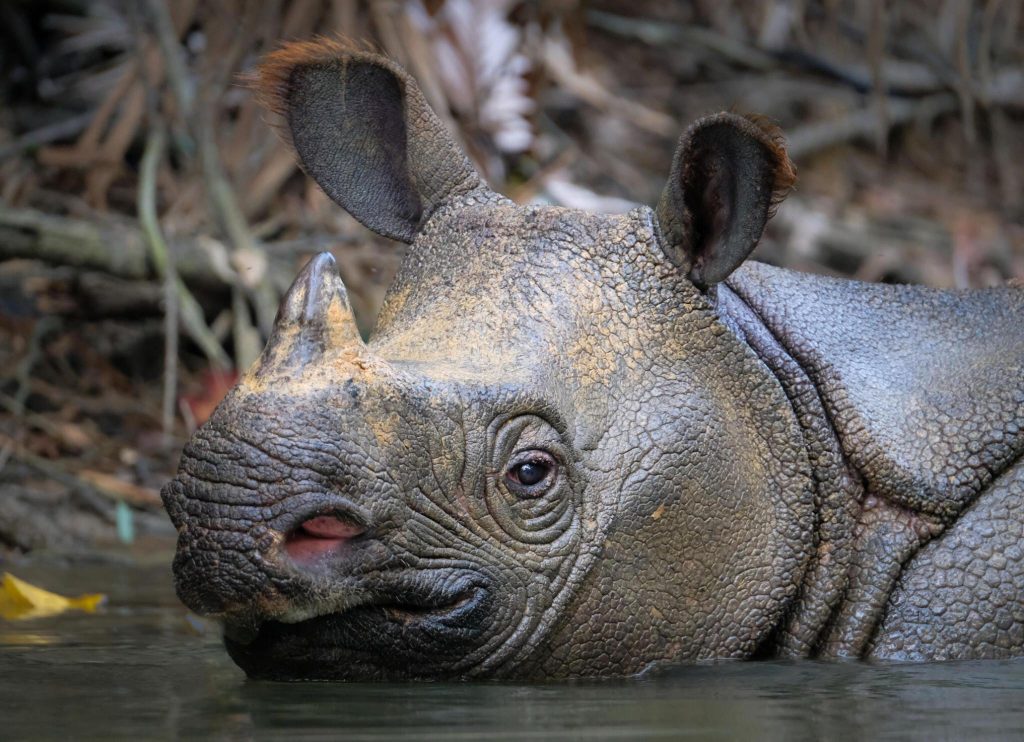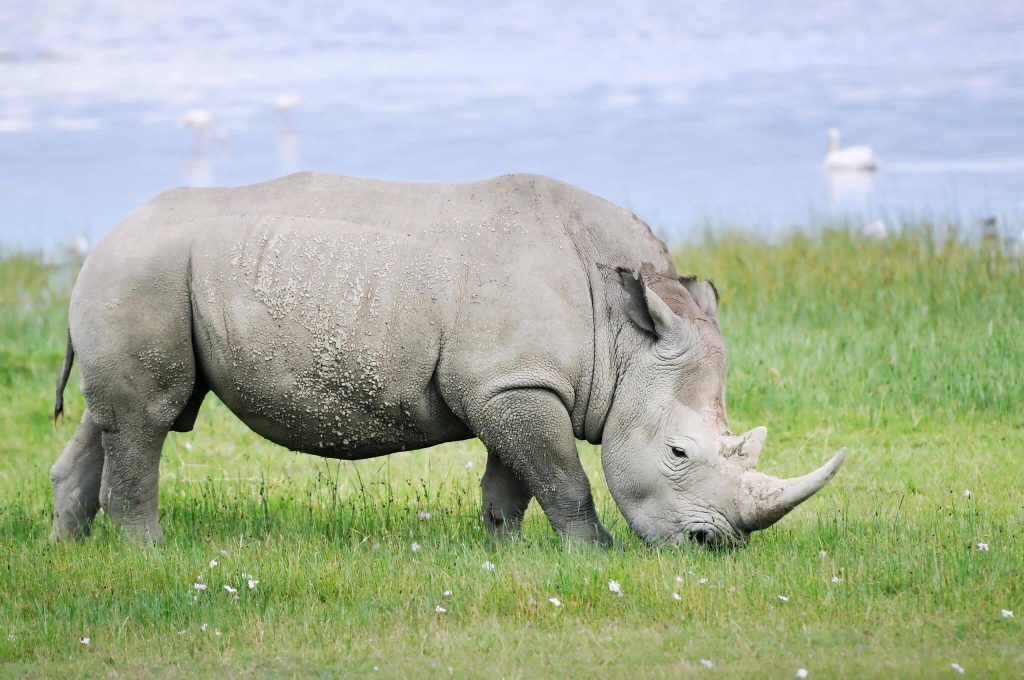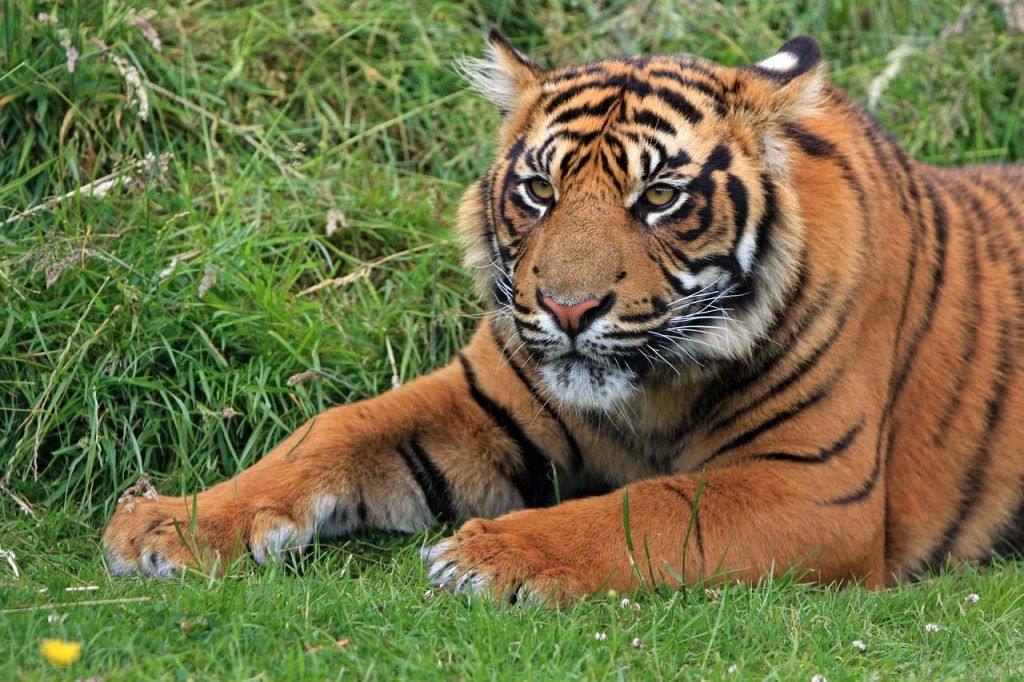10 Critically Endangered Animal Species in the World
- 5 min read
- By Phillip Imler
Our planet flourishes with vast diversity of life. Yet, numerous animal species are pushed towards extinction. The major reason for the depletion of their numbers is the environmental changes caused due to the human impact. It is documented that there are more than 41,000 species on the threshold of disappearance. Some of the most endangered animals in the world desperately need our attention, collaboration, and conservation efforts.

These single-horned giants have a dusty grey hide and armor-like skinfolds. Poaching is the biggest threat, fueled by the false belief that their horns hold medicinal value.
Habitat loss is another danger responsible for their limited world. Conservation efforts are underway to protect them in the Ujung Kulon and establish a new population elsewhere. Human encroachment is another significant threat to the survival of these amazing creatures.
The Amur leopard is a stunning spotted cat seen in the remote Russian Far East. Just 100 of these big cats remain. Their fur is thick and dotted with rosettes. It allows them to survive the harsh winters in their forest dwellings and act as a camouflage. They are stealth hunters often found stalking deer.
They are agile climbers that help them hunt other prey. Habitat loss due to logging and conversion to farmland significantly threatens their survival, and poaching for their beautiful pelts is another threat. Conservation efforts are focused on protecting their remaining habitat and curbing poaching practices.
Vaquita is a small marine mammal that lives in the shallow waters of the Gulf of California in Mexico. Because of its exclusive habitat, it got the nickname ‘the desert porpoise.’ Vaquita is a shy and elusive creature with dark grey bodies, lighter undersides, and distinctive black
eye patches. Tragically, their numbers have plummeted to around ten individuals.
The illegal totoaba poachers are the culprits for the vaquitas’ accidental entanglement in gillnets. Totoaba swims in the same waters, and poachers aim to poach them as they are sold at high prices in Asia. Totoaba poachers use gillnets to catch the totoaba, but poor vaquitas get
accidentally entangled.
The playful vaquitas’ future is depressing, so protecting them needs stricter enforcement against illegal fishing and exploring alternative fishing gear to prevent accidental entanglement.

Their wide, square lips helped them choose the most nutritious plants. Scientists are exploring assisted reproductive techniques using sperms from deceased northern white male rhinos and the eggs of surviving female rhinos. It is a battle against time to bring this magnificent subspecies back from extinction, which humans are responsible for.

Unfortunately, deforestation and poaching have devastatingly declined their numbers [less than 400 remain]. The Sunda tiger desperately
needs conservation efforts to prevent it from following its relatives into extinction.

due to logging operations.
They get accidentally trapped in snares set for wild boar. Because of the dense foliage they hide in, it is hard to study their social structure and behavior. Camera trap surveys are conducted to estimate their population size.

The Yangtze River dolphin is a victim of pollution from industrial activities and fishing gear entanglement. The most distinctive feature of this 8-foot-long creature is its long and slightly upturned beak. Tragically, the species has moved to functionally extinct status due to habitat loss, pollution, and overfishing. Efforts to save the baiji failed, marking the first time in history that an entire species of dolphin had been driven to extinction by human activities. This is why we must invest in other critically endangered species so that we do not lose them as well.

The hawksbill turtle is threatened by habitat loss, pollution, and illegal wildlife trade, conservation efforts are underway to protect these majestic creatures and ensure their survival for future generations. Conservation efforts focus on protecting their nesting beaches, stopping the shell trade, and preventing plastic pollution.

breeding habits and breeding cycles associated with food abundance complicate conservation efforts. However, they are working through a predator eradication program and captive breeding initiatives.
These ten species represent a fraction of wildlife struggling for survival. The reasons for their disappearance are a combination of climate change, poaching, and habitat loss. Conservation efforts like anti-poaching patrols, protected areas and captive breeding programs offer hope. The world has to adopt sustainable practices like shifting towards renewable energy sources and responsible consumerism.
Support for conservation initiatives and educate others about the threats to the animal kingdom. You can avoid wildlife products and advocate for stronger wildlife protection policies. It ensures that the future generation inherits a world flourishing with life. It is a
shared responsibility and a chance to protect our planet’s irreplaceable wonders.